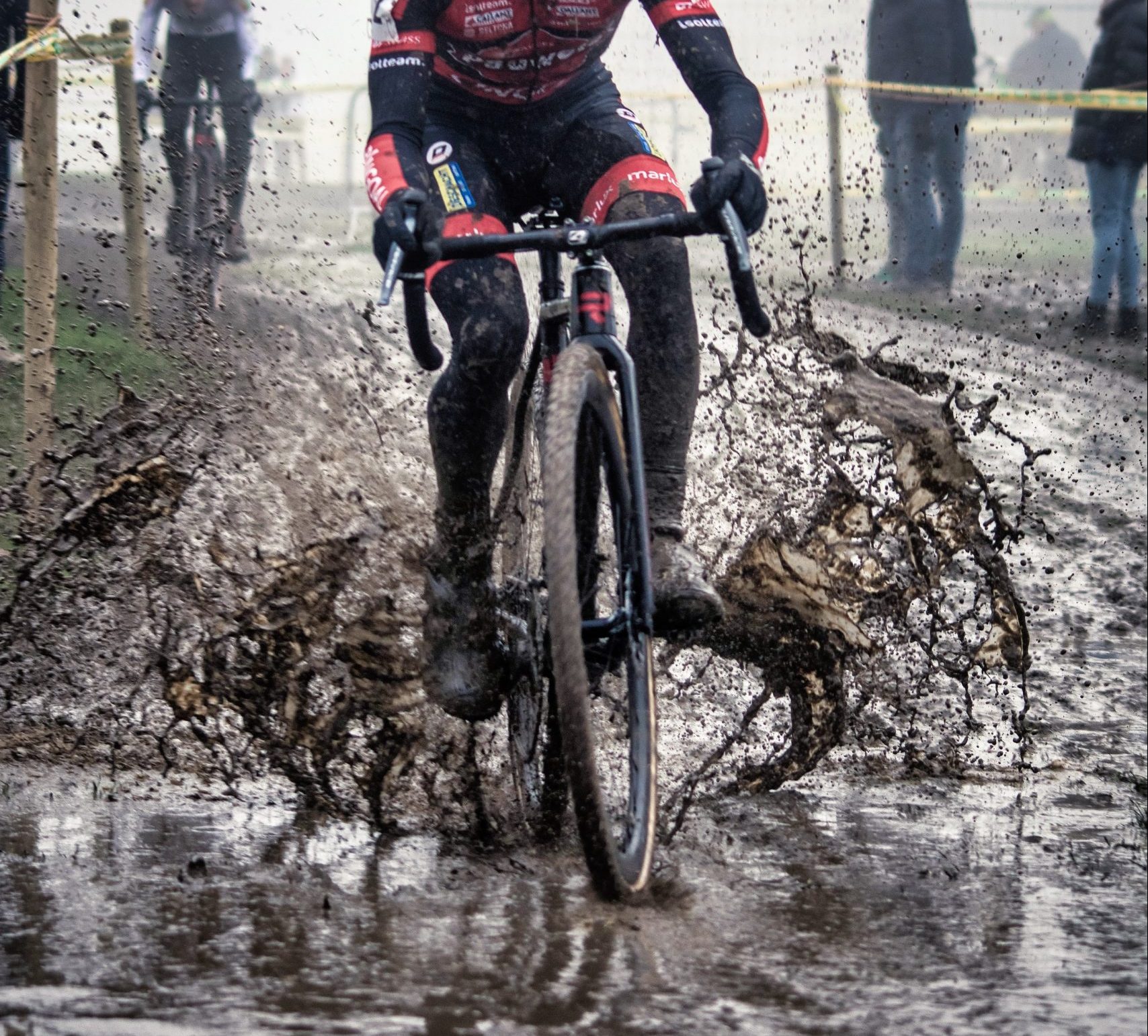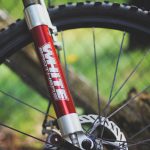Mud buildup while riding trails in wet conditions causes drivetrain wear and mechanical issues over time. Mounting specially designed mountain bike mudguards mitigates crud accumulation to extend component life and enhance performance. However, added weight and clearance constraints limit shield application to specific bikes and riding styles. Below covers the pros and cons of running guards based on trail type, frame fitment, riding frequency, and conditions.
Mudguard Benefits
Full length mountain bike mudguards spanning from dropout mounts to below the saddle provide excellent protection avoiding grime soaking critical components. Custom guards curve tightly following rear triangle tire and shock clearances while extending coverage reaching nearly the crown upfront. Robust material withstands sporadic trail debris strikes yet proves lightweight with strategic cutouts.
On the rear, a proper guard blocks thick mud lifted by the churning knobs of wide tires from spraying directly onto the underside of the rider. This keeps clinging wetness from soaking into shorts to become saddlesores over the duration of long muddy rides. Mudguards also redirect splatter away from where it would otherwise coat suspension linkages and shock bodies causing faster wear along with disabling sensitive pedal sensors on high-tech electronic gear.
Upfront, tailored Guards prevent massive clots dripping down fork stanchions subsequently interfering with smooth travel and seals. Instead they shed accumulating muck to the side protecting headset bearings and auxiliary handlebar gadgets from foul weather damage. Guards keep rotors and brake calipers clear ensuring reliable stopping power unaffected by build up compared to open bikes that require manually clearing clumps after just one deep puddle.
For epic events like 24 hour races or bikepacking journeys crossing remote terrain in unpredictable conditions, the insurance provided by mudguards against mechanical disablements makes their nominal weight addition worthwhile. The small sacrifice in added grams pays back reliability finishing long routes needing dependable component performance mile after mile no matter the trail state.
When Mudguards Shine
Mudguards earn their keep for certain riders and conditions where their protective qualities offset minor fitting hassles. Bikepackers traversing backcountry must manage independently if equipment fails far from support. Additionally, areas with predominantly wet roots, rains swollen trails in spring, or muddy cyclocross courses reward keeping drive systems clear of thick clots interference.
Hard charging downhill riders ping ponging through greasy berms in lift accessed bike parks also benefit from protection during repeated saturated laps. While shutdown for drying happens eventually, minimizing crud buildup to components extends session duration racking up more runs earlier despite drizzle. DH bikes skipping guards require frequent mid-day cleanings and degreasing to avoid dumped chains or seized shocks.
Commuters and inner city dwellers face constant exposure to road grime, oily puddles, and curb splatter riding daily regardless of forecast. Running full wraps mitigates road filth ruining nice work clothes or chewing drivetrains prematurely. The soft tailoring also dampens fine debris absorbing wheel spray from passing vehicles. Mountain bikes tasked as gritty urban battlewagons thrive with muck suppression coats.
Drawbacks to Consider
Several negative factors limit mudguard adoption by many mountain bikers such as added bike weight hampering snappy handling, noise from rattling, and constrained tire sizing options narrowing rim compatibility. Also the extreme articulating suspension designs prominent on contemporary trail bikes often lack physical space to fit any fender molding without impedance or scary close tire clearance tempting fate every revolution.
Hand built custom brackets for sufficient coverage area and retention security requires precise tube bending tools and specialty bolts available to fabricators but prove challenging for consumers to replicate reliably at home. DIY options scratch painted frames, inadequately shield, or snap off into spokes at inopportune times. Engineering robust mounts balanced with feather light Guard construction able to survive repeated brutal trail impacts comes from collaboration with frame brands designing integration from inception.
For riders coveting podium finishes, no weight addition rates tolerable regardless protection advantages if it bumps total bike heft even 50 grams over competition. Similarly, loud rattling noise generated bombing broken sections interferes with finely honed line choices, tire traction feel, and hidden obstacle anticipation better left unmasked. Mud buildup itself frequently clears quickly enough if given a few crank revs while airs during transition anyway.
Casual fair weather weekend trail riders logging mellower mileage simply rinse and relube their steeds after particularly muddy days without much added long-term wear accrual facing components compared to daily mileage accumulation. Infrequent light rain penetrates minimally, drying from internal rotation and heat during rest periods between nice day rides the rest of the season.
Finding the Balance
While mudguards clearly supply functional benefits shielding from trail gunk in sloppy conditions, practical constraints involving added weight and bike fitment issues limit universal adoption across the spectrum of mountain bike riding. Realistically the protection proves most useful for bike packing adventurers, lift accessed downhill park regulars, foul weather commuters, and dedicated cyclocross racers where wetness remains constant companion.
Occasional recreational riders or cross country / enduro competitors chasing every second speed mostly skip guards if infrequently encountering extended mud. However their mechanics certainly appreciate having some bikes in the fleet protected to avoid total rebuild sessions cleaning and replacing worn parts after particularly muddy festival events. Ultimately personal preferences and riding style decides if guards help over the long run.
Carefully assess expected conditions and riding frequency before deciding if guards suit your specific needs. Custom spec extremely lightweight branded offerings precisely contoured to your frame’s clearances avoid universal fitment shortcomings with tighter integration if pursuing coverage. Performance gains keeping mechanical systems unaffected by moisture and debris contamination outweigh minor carrying cost. But confirm sufficient standoffs and alignment not jeopardizing movement unnecessarily increasing friction. If your rides regularly conclude caked in thick muck, mudguards help retain enjoyment ride after ride despite debilitating grime by protecting what matters most.





